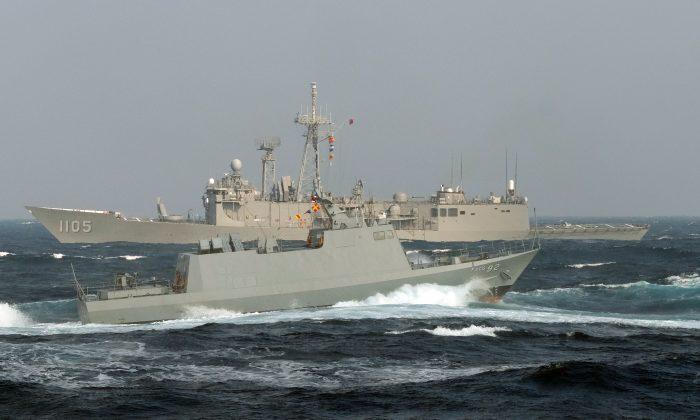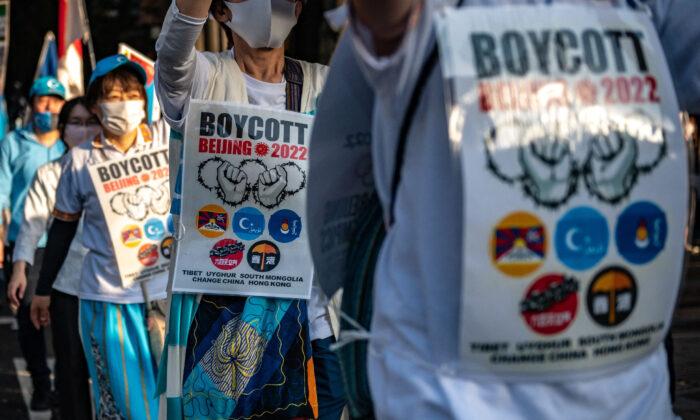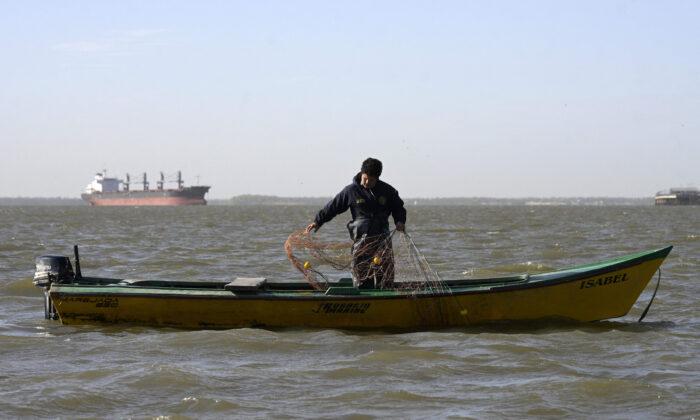The United States plans to send an aircraft carrier through the Taiwan strait, the U.S. naval operations chief said in Tokyo on Jan. 18 amid recent tensions with the Chinese regime over the contested waterway.
The last time a carrier passed through the body of water separating China from Taiwan was ten years ago. In November 2018, two U.S. Navy ships passed through the strait together, putting Beijing on alert.
“We don’t really see any kind of limitation on whatever type of ship could pass through those waters,” Admiral John Richardson told reporters while visiting Japan. “We see the Taiwan Strait as another (stretch of) international waters, so that’s why we do the transits.”
The United States often deploys aircraft carriers in “Carrier Strike Groups,” which also includes guided-missile cruisers, destroyers, and submarines.
The United States has been closely watching Beijing’s behavior toward Taiwan, a U.S. official told Reuters. Although Taiwan is a self-ruled island with its own democratically-elected government and military, the Chinese regime considers it a breakaway province that must be united with the mainland one day, with military force if necessary.
Richardson, who was in China before traveling to Japan, urged China to follow international rules at sea in the event of an unplanned encounter.
Last October, military tensions came to a head when the USS Decatur and a Chinese destroyer nearly collided in the South China Sea. The U.S. ship was conducting a freedom of navigation operation when the Chinese ship came toward it, forcing the U.S. ship to maneuver out of the way.
“We have made this very clear that this was an excursion, a departure from the normal adherence to those rules and we would hope that behavior in the future would be much more consistent. We should not see each other as a threatening presence in these waters,” Richardson said.
The Chinese regime has aggressively staked its claim on areas of the South China Sea, including by building artificial island, though other nations like Vietnam, Brunei, Indonesia, Malaysia, the Philippines, and Taiwan also claim sovereignty.
On Jan. 7, a U.S. guided-missile destroyer sailed within 12 miles of a Chinese-occupied island, prompting Beijing’s rebuke that it had “gravely infringed upon China’s sovereignty.”
U.S., Japan, and England signed a trilateral agreement in October 2016 to cooperate on increasing the commitment to free and open flow of sea commerce.






Friends Read Free